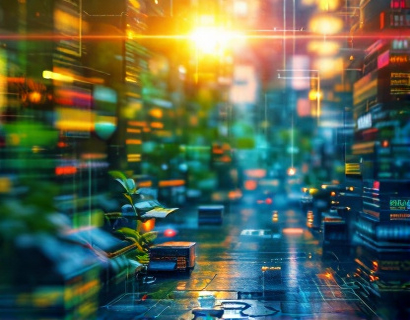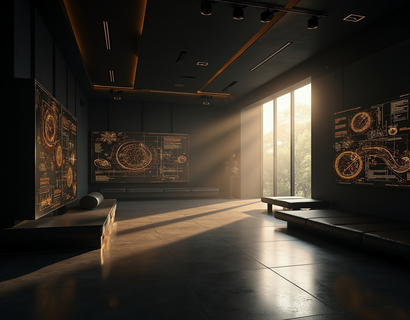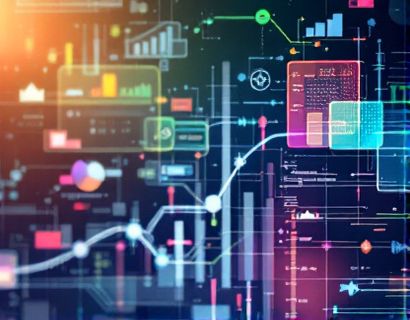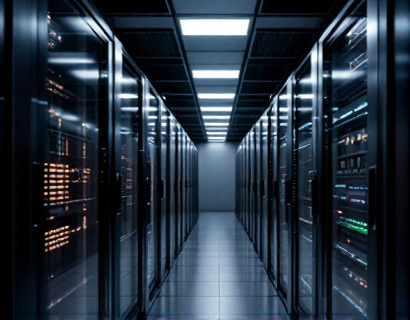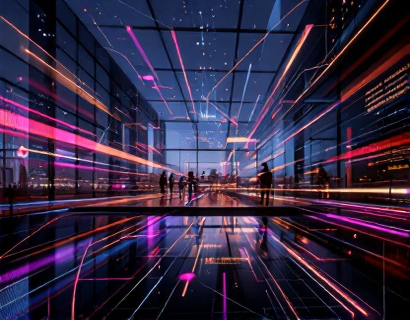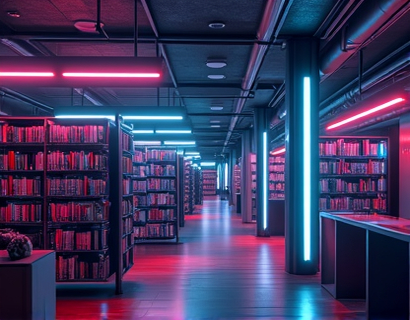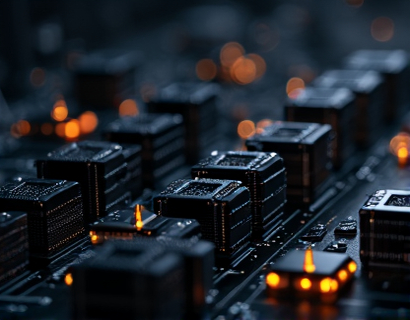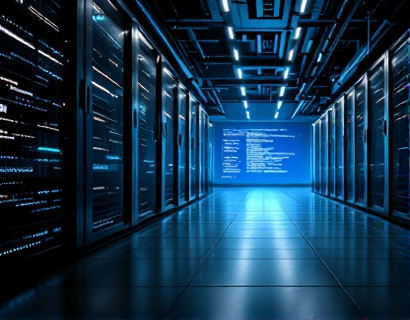Maximize Your Solarium's Potential: Cutting-Edge Tech for Optimal Indoor Plant Growth and Sustainability
In the realm of indoor gardening, the solarium stands as a testament to human innovation, offering a controlled environment where plants can thrive year-round, regardless of external weather conditions. To fully harness the potential of a solarium, integrating advanced technology is essential. This article delves into the cutting-edge solutions that transform light, climate, and automation into a symbiotic system, ensuring optimal plant growth and sustainability. By exploring these technologies, indoor gardening enthusiasts can create a high-tech garden oasis that not only elevates the gardening experience but also promotes environmental sustainability.
Optimizing Light for Plant Growth
Light is the primary energy source for photosynthesis, making it crucial for plant growth. In a solarium, artificial lighting systems can be tailored to mimic natural sunlight, providing the specific spectrum and intensity required by different plants. LED grow lights have revolutionized indoor gardening due to their energy efficiency and customizable spectra. Unlike traditional fluorescent or HID lights, LEDs emit less heat and consume less power, making them ideal for enclosed spaces. Advanced LED systems can be programmed to adjust light cycles and intensity based on the growth stage of the plants, ensuring they receive the optimal amount of light at all times.
Furthermore, the use of smart lighting controllers can automate the lighting schedule, simulating dawn and dusk to regulate plant circadian rhythms. These controllers can also integrate with environmental sensors to adjust light output based on natural light levels, ensuring consistent growth conditions. For instance, during cloudy days or when natural light is insufficient, the system can automatically increase the intensity of the LED lights to maintain optimal photosynthesis rates.
Climate Control for Ideal Growing Conditions
Maintaining the right climate within a solarium is vital for plant health. Advanced climate control systems can precisely manage temperature, humidity, and air circulation to create an ideal environment for various plant species. These systems typically include a combination of heating and cooling units, humidifiers, dehumidifiers, and ventilation fans, all controlled by a central hub or smart home integration.
Temperature control is crucial as different plants have specific temperature ranges for optimal growth. Heating elements such as under-floor heaters or wall-mounted heaters can be used to maintain warmth during colder months, while cooling systems like evaporative coolers or duct-based air conditioning can lower temperatures in hot climates. By setting precise temperature thresholds, the system ensures that plants are never exposed to conditions that could stress or damage them.
Humidity control is equally important, as both overhumidity and low humidity can negatively impact plant health. Humidifiers can be installed to add moisture to the air, especially in dry environments, while dehumidifiers can remove excess moisture to prevent fungal diseases. Automated sensors monitor the humidity levels and adjust the systems accordingly, maintaining a consistent and healthy environment.
Air circulation is another critical factor, as it helps prevent the buildup of stagnant air and reduces the risk of pest infestations. Smart ventilation fans can be programmed to activate based on CO2 levels, temperature, and humidity, ensuring proper air exchange without causing drafts that could stress the plants. This balanced approach to climate control not only promotes healthy growth but also enhances the overall efficiency of the solarium.
Automation for Convenience and Efficiency
Automation is the backbone of a modern solarium, streamlining various tasks and reducing the need for manual intervention. Automated irrigation systems, for example, can deliver water and nutrients directly to the plant roots, ensuring consistent hydration and nutrient uptake. These systems can be connected to soil moisture sensors that trigger watering only when necessary, preventing overwatering and nutrient leaching.
Fertigation, the process of delivering fertilizers through the irrigation system, can be precisely controlled to provide plants with the exact nutrients they need at the right times. This not only optimizes nutrient absorption but also reduces waste and environmental impact. Automated dispensers can be programmed to release specific amounts of fertilizer based on the plants' growth stages and nutrient requirements.
Integrating all these systems under a central control platform or smart home app allows gardeners to monitor and adjust settings remotely. This level of control is particularly beneficial for those with busy schedules or who travel frequently. With real-time data and alerts, gardeners can stay informed about their solarium's conditions and make adjustments as needed, even from a distance.
Customizable Environments for Diverse Plant Needs
Every plant species has unique requirements, and a cutting-edge solarium can be tailored to meet these diverse needs. By using modular design and scalable technology, gardeners can create customized zones within their solarium, each with its own specific climate and lighting conditions. This approach allows for the cultivation of a wide range of plants, from tropical species to succulents and cacti, all under one roof.
For instance, a tropical zone can be designed with higher humidity and consistent warmth, while a desert zone can simulate arid conditions with lower humidity and higher light intensity. By adjusting the settings for each zone, gardeners can optimize growth for each plant type, maximizing the solarium's potential. This flexibility not only enhances the gardening experience but also promotes biodiversity and sustainability by allowing for the cultivation of various plant species.
Sustainability and Environmental Impact
One of the most significant advantages of using advanced technology in solariums is the potential for increased sustainability. By optimizing resource use and reducing waste, these systems contribute to a more environmentally friendly gardening practice. For example, precision irrigation and fertigation minimize water and nutrient usage, while energy-efficient LED lights reduce electricity consumption.
Additionally, the controlled environment of a solarium can significantly reduce the need for chemical pesticides and herbicides. With better pest control through climate management and air circulation, plants are less likely to suffer from infestations, reducing the reliance on chemical treatments. This not only benefits the plants but also creates a healthier indoor environment for gardeners.
Furthermore, the ability to grow plants year-round in a solarium reduces the carbon footprint associated with transporting produce from distant farms. Local food production in a solarium can contribute to a more sustainable food system, providing fresh, organic produce right at the gardener's doorstep.
Future Trends in Indoor Gardening Technology
The field of indoor gardening technology is rapidly evolving, with new innovations poised to further enhance the solarium experience. One such trend is the integration of artificial intelligence (AI) and machine learning, which can analyze data from various sensors to predict plant needs and optimize growing conditions proactively. AI-driven systems can learn from historical data and adjust settings in real-time, ensuring the most efficient and effective growth conditions.
Another exciting development is the use of vertical farming techniques within solariums. By stacking growing layers, gardeners can maximize space utilization, making it possible to grow a larger variety of plants in a smaller footprint. This approach is particularly beneficial for urban gardeners with limited space, allowing them to cultivate a diverse range of crops without expanding their physical garden area.
Hydroponic and aeroponic systems are also gaining popularity in solariums, offering alternative methods for plant cultivation that can further enhance resource efficiency. These systems deliver nutrients directly to the roots in a controlled manner, promoting faster growth and higher yields. When combined with automated monitoring and control, these systems can achieve exceptional levels of productivity and sustainability.
As technology continues to advance, the potential for indoor gardening in solariums will only grow. By embracing these cutting-edge solutions, gardeners can create a thriving, sustainable ecosystem that not only meets their unique needs but also contributes to a more environmentally conscious future.




